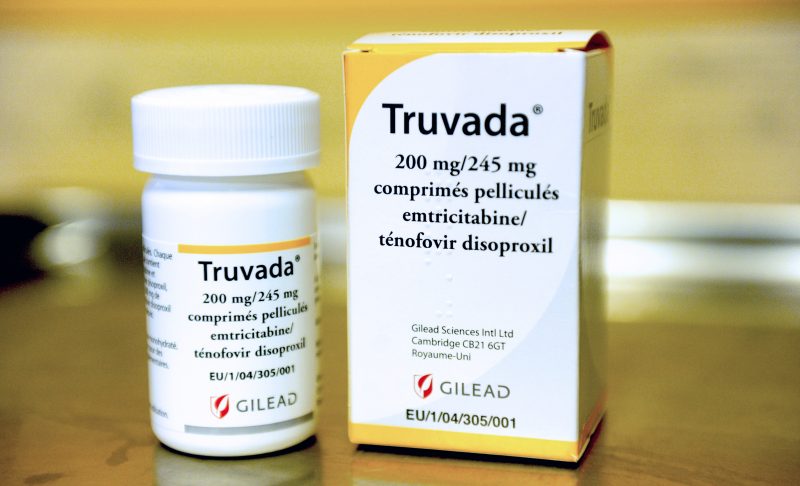Money, focus needed for Trump’s ‘end HIV’ plan to work
Making sure that people who are infected with HIV take antiretroviral medications is a major factor in eliminating the virus’s spread (Denis CHARLET)
Washington (AFP) – US President Donald Trump’s call for an all-hands-on-deck push to end the AIDS epidemic focuses on trouble areas and vulnerable populations as progress against HIV has stalled, officials said on Wednesday.
Although no dollar figure has been announced yet, details began to emerge of the plan touted by Trump in his State of the Union address the previous night.
“My budget will ask Democrats and Republicans to make the needed commitment to eliminate the HIV epidemic in the United States within 10 years,” Trump said.
“Together, we will defeat AIDS in America and beyond.”
The plan aims to reduce the number of new infections by 75 percent in five years, and by 90 percent in 10 years.
Currently, about 40,000 new infections of HIV occur in the United States annually, according to Health and Human Services assistant secretary Brett Giroir.
A total of 700,000 lives have been lost to AIDS in America since 1981, he told reporters on a conference call with experts from leading government health agencies.
“Recent data has shown that our progress in reducing the numbers has plateaued,” said Robert Redfield, director of the Centers for Disease Control and Prevention.
Reducing new infections by 90 percent would bring the United States in line with global goals, including a program run by UNAIDS, to end the HIV epidemic.
France also has proclaimed its aim of wiping out the epidemic by 2030.
– A concentrated focus –
What’s new in Trump’s announcement is a concentrated focus involving all the relevant government agencies, according to Anthony Fauci, a longtime leader in HIV research and director of the National Institute of Allergy and Infectious Diseases.
“You can theoretically end the epidemic as we know it, and that is our goal,” Fauci told reporters.
“The question is implementing it.”
The plan involves targeting geographic areas where HIV cases are concentrated, including 48 of the US’s 3,000 counties and areas like Miami, Florida; San Juan, Puerto Rico; the US capital, Washington; Atlanta, Georgia and certain rural areas in the south and midwest.
Communities particularly at risk include African-American and Latino men who have sex with men, transgender people and women of color, said Redfield, who added he was “shocked” to see, on a map, how “very geographically focused” the epidemic is.
Reckoning with that very issue is how the new plan differs, according to Fauci.
“What is new about this is the laser focus of multi-agencies synergizing together on those areas. This is something that has not been done before,” he said.
– Getting treatment –
Another major factor in eliminating the spread of HIV is making sure people who are infected are taking antiretroviral medications, which vastly reduces the likelihood of spreading the virus, a concept known as “treatment as prevention.”
Also, there is PrEP, medication someone who is not infected with HIV takes daily in order to prevent an infection that could be acquired from an infected partner.
Better diagnosis is needed, too, since one quarter or more of people with HIV do not know it.
“I believe it is possible, if we work together to do it,” said Redfield.
– Money talks –
But cash is key, and just how much will be allocated in the 2020 budget remains to be seen.
Giroir said the budget request is “substantial” and “there will be significant new resources.”
More than 20 patient advocacy groups, including AIDS United, called on Trump to honor the pledge, saying in a statement they were “cautiously encouraged.”
“However, this goal is achievable only with hard work and the appropriate investment of resources,” they added.
“We stand ready to work with him and his administration if they are serious. But to date, this administration’s actions speak louder than words and have moved us in the wrong direction.”
In all, the US president devoted just five sentences to the issue in his hour-and-a-half-long speech.
But according to Giroir, managing even that much was a big deal for the public health community and those affected by HIV.
“Getting five lines in the State of the Union is a Herculean task,” he said.
Disclaimer: This story is published from a syndicated feed. Siliconeer does not assume any liability for the above story. Validity of the above story is for 7 Days from original date of publishing. Content copyright AFP.


